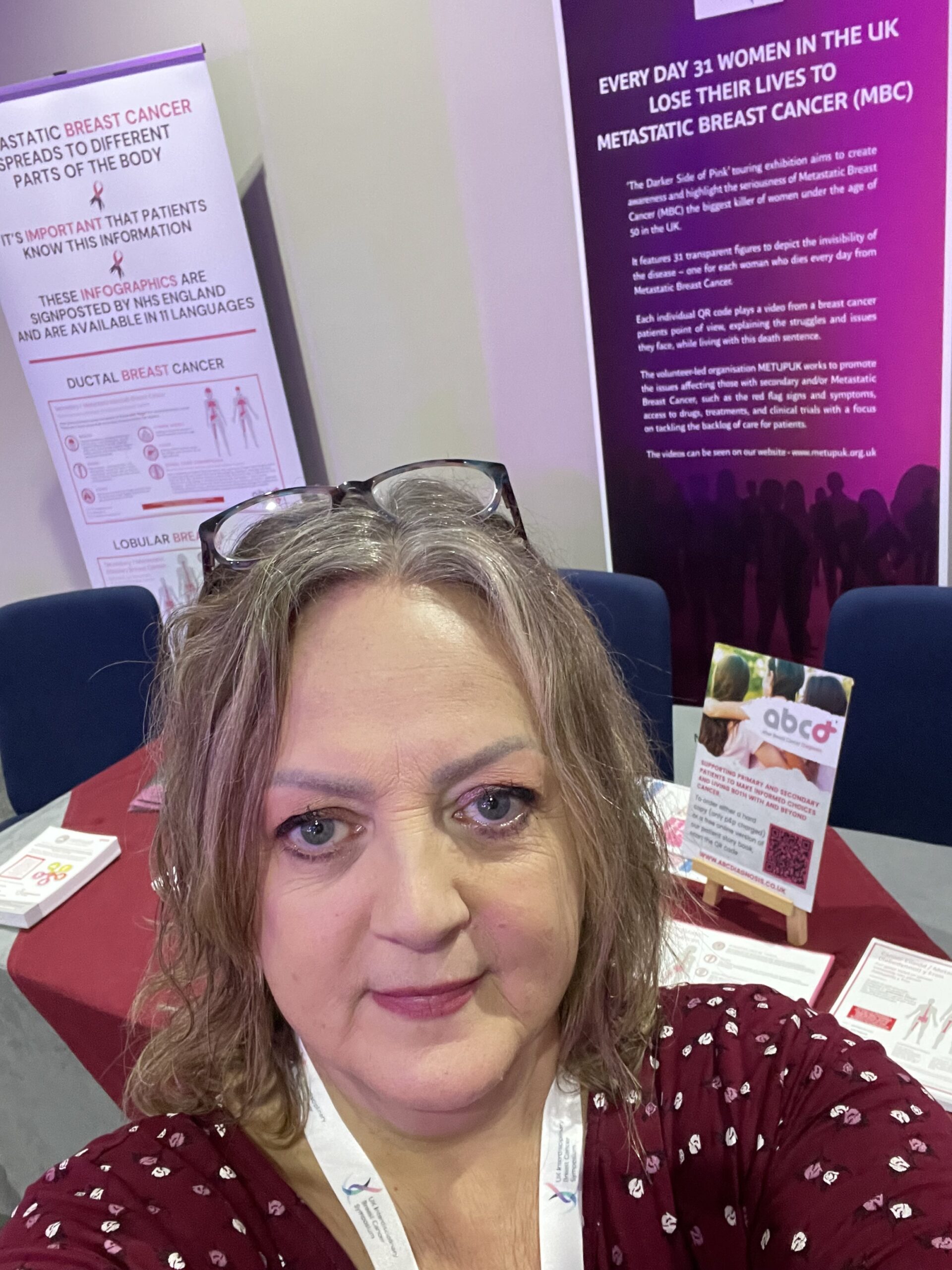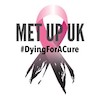
Red Flags and DENOVO Breast Cancer
Primary breast cancer tends to fill Breast Cancer Awareness Month.
It’s a month where our social media, TV, radio, advertising and retail all turn pink and fluffy around the edges, pledging to support breast cancer research and filling our heads with the warrior, survivor, fighter, words.
After all, primary breast cancer is about treatment and cure, and for those patients who have had a primary diagnosis, we don’t want to acknowledge that it may come back, we don’t want to acknowledge that we are at risk of metastatic breast cancer.
In fact, we often find that our health care professionals will also bury their head in the sand when it comes to the end of primary treatments, with many not wanting to rock the boat with talk of metastatic disease.
Approximately 30% of breast cancer patients will go on to develop metastatic breast cancer, and yet red flag symptoms of metastatic disease are not talked about routinely and openly, even in a clinical setting.
This is why METUP UK are demanding change, empowering women and men to advocate for our own care and challenge the health care professionals treating us.
My DENOVO breast cancer diagnosis, back in April 2021 at the age of 57, was completely unexpected,
Metastatic Breast Cancer usually occurs years (sometimes months or years) after a primary breast cancer diagnosis and treatment, but for some, MBC is diagnosed at the same time as the primary breast cancer, or occasionally as an incidental finding, before the primary breast cancer has even been discovered.
Around 5% of patients with breast cancer will be diagnosed as Denovo.
At the time of presentation, the breast cancer will have already metastasised to another part of the body (often lungs, bones, liver, or brain) meaning that the metastatic or secondary breast cancer is classed as treatable but incurable.
BUT – how do you look out for symptoms of metastatic disease, when you haven’t had a primary diagnosis?
That’s a tricky one!
- Everyone is familiar with the importance of knowing your body, being breast aware, self-breast examinations and regular screening, when applicable.
- I had a clinical background.
- I had no palpable lump, not even the breast consultant could feel a lump.
- I’d had a normal breast screening mammogram just a few months before diagnosis.
- I felt well, apart from fatigue, that I had put down to the menopause and a busy career.
- But I had bone pain – excruciating bone pain.
- Bone pain that I ignored initially.
- Couldn’t possibly be breast cancer – could it?
Which brings us back to Red Flags,
Red Flags should be our alarm bells, alarm bells that tell us ‘Something isn’t right’.
Anything out of the ordinary or different for you, such as bone pain, headaches, persistent cough, jaundice, fatigue, weight loss, should ring that alarm bell.
Primary, Metastatic or Denovo, get familiar with the @abcdiagnosis red flag infographics.
If something doesn’t feel right, make sure that you get it checked out.
Who Really Cares?
Sue Thomas
FB Sue Thomas
Instagram @secondarychance
Twitter @suescan1964
